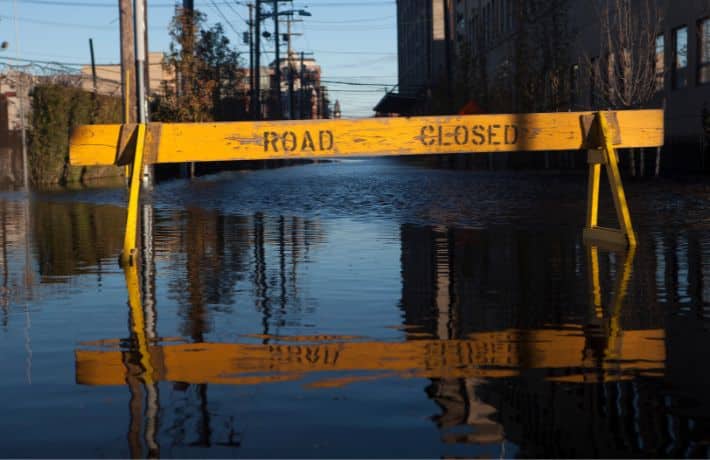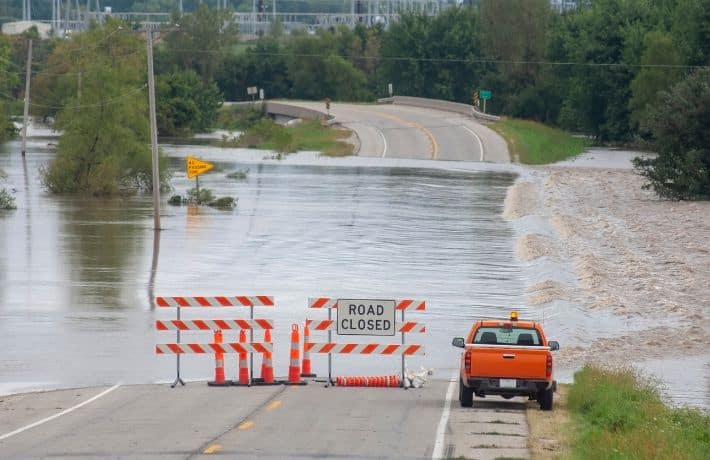New Infrastructure Funding Guidebook Available at BUILD.gov

A new guidebook is available to help state, local, tribal, and territorial governments unlock the benefits from the $1.2 trillion Bipartisan Infrastructure Law. Released by the White House late last month, the guidebook at Build.gov serves a one-stop-shop on the law and contains the most comprehensive information to date on the more than 375 programs included as part of this historic investment in our nation’s infrastructure.
The guidebook is a roadmap to the funding available under the law, as well as an explanatory document that shows direct federal spending at the program level. It also includes the accompanying data file, which allows users to quickly sort programs funded under the law by fields like agency, amount, eligible recipient, or program name.
The guidebook contains 12 chapters grouping Bipartisan Infrastructure Law programs by issue area. Each chapter contains a cover note explaining how to get ready to receive this funding, and these memoranda also identify additional resources state and local governments can and should use to prepare as the federal government gets ready to distribute funds from new and existing programs.
More than $80 billion has been allocated to states from formula and competitive programs for roads and highways, bridges, ports, airports, and water systems. Additional programs are being rolled out to deploy high-speed internet, electric vehicle chargers, energy grid upgrades, and clean energy demonstration projects.
In January, Mitch Landrieu, the White House infrastructure implementation coordinator, sent a letter to governors recommending a series of preparatory actions, including appointing infrastructure coordinators to manage the flow of funds to their states. There’s also a fact sheet highlighting 25 already available or soon-to-be-available sources of funding that local governments – particularly cities – can compete or apply for directly.
Visit Build.gov to access the interactive guidebook. In the coming weeks, the White House plans to publish subsequent versions of this document to keep everyone up to date on the latest deadlines and details.




